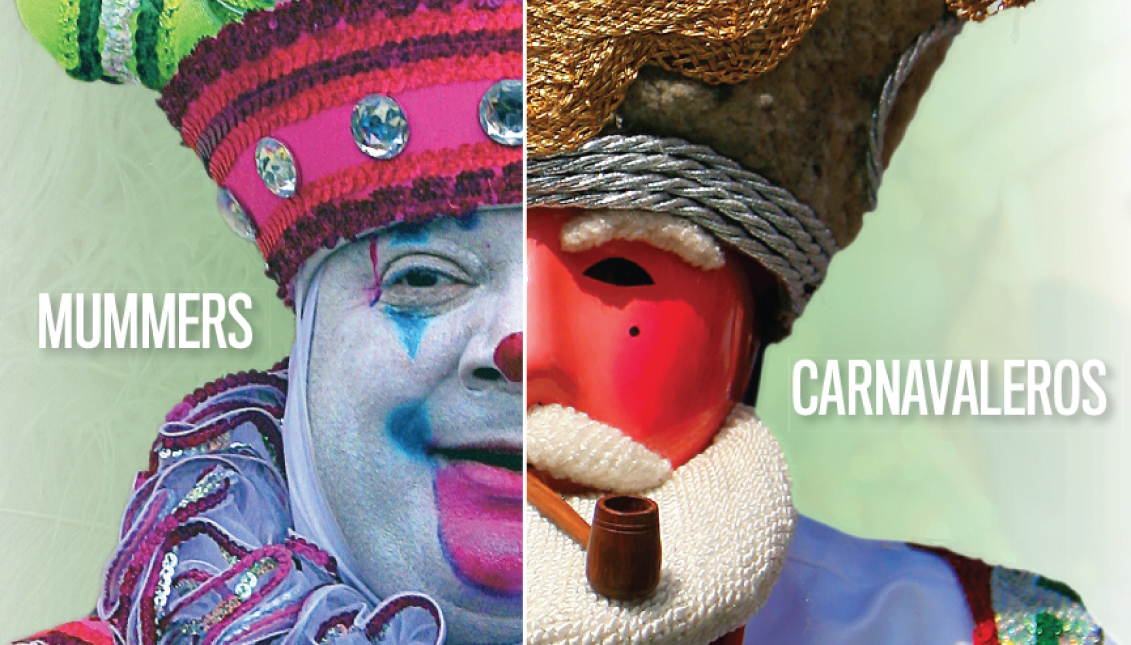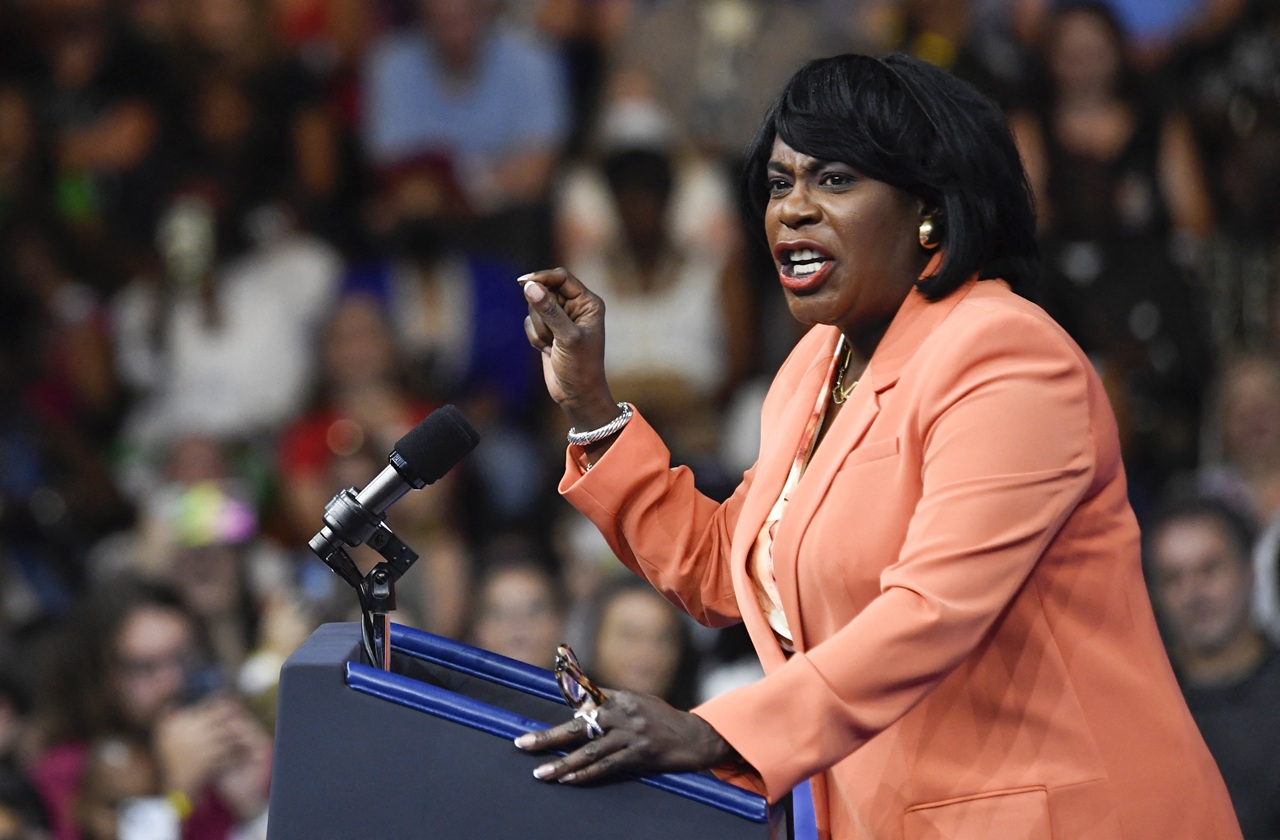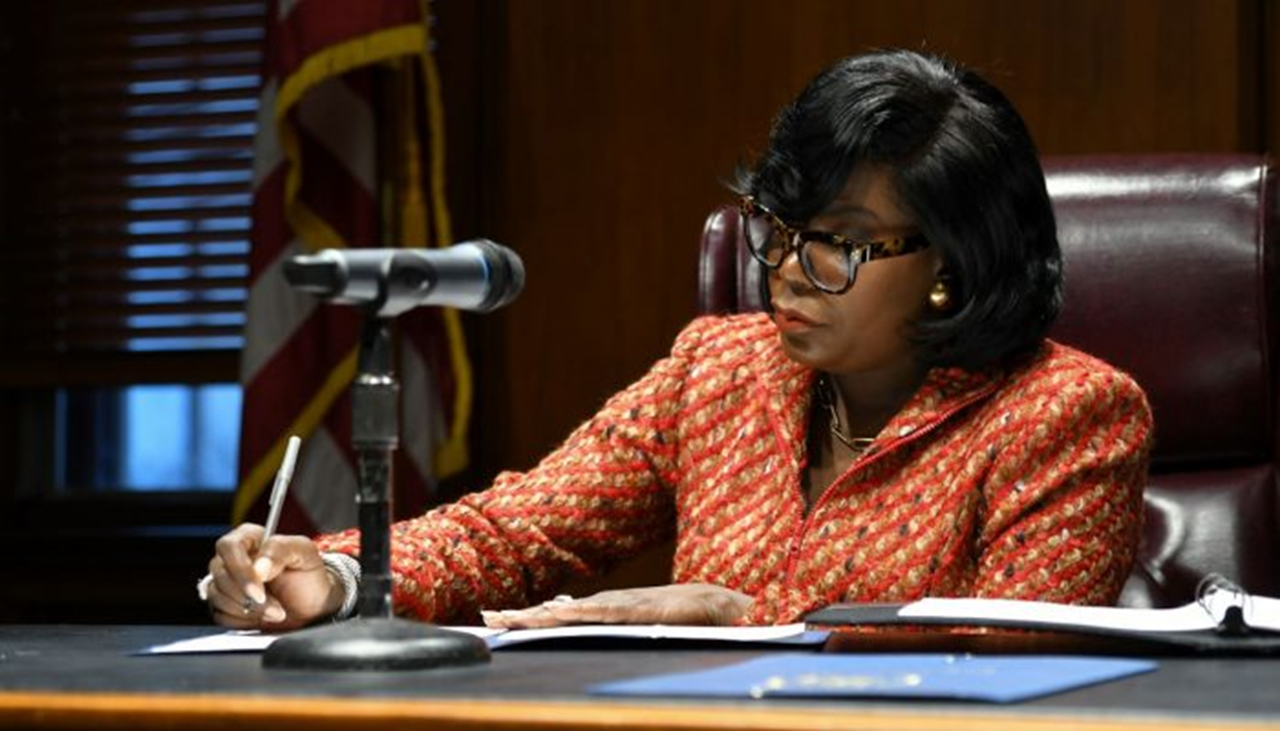
Mummers and Carnavaleros: A tradition of inclusion?
Up until recently the suggestion that masqueraders of "San Mateo Carnavalero" should join the long standing and massive parade of the "Mummers" had been…
The idea had already been hatched at AL DÍA News. First with photographic comparisons that showed an uncanny resemblance and then with a tweet that led to a full length debate on social media.
Up until recently the suggestion that masqueraders of "San Mateo Carnavalero" should join the long standing and massive parade of the "Mummers" had been nothing more than our suggestion. However recently there was a real rapprochement between multiple local cultural carnivals, all of which had, until then, remained mostly disconnected.
The venue for the rapprochement? The closing party for Taller Puertorriqueño’s exhibit “Filadelfia: New Perspectives,” organized by an artistic duo and founders of the cultural platform, Tropicalismo.
“We got interested in carnival as a topic as Djs and event promoters because it seems to be the apotheosis of musical cultures we are interested in, Latin American and the Caribbean especially. And having lived in Philly for many years, I was struck by the pockets of carnival activity happening in our increasingly multicultural Philadelphia that are not connected,” said Greg Scruggs who, along with Juan Bustamante, co-founded Tropicalismo.
Scruggs’ interest in carnival goes beyond that of the average participant or carnival-goer. He actually studied carnivals and has a masters degree in Regional Studies of Latin America and the Caribbean from Columbia University in New York. His thesis research topic was “Carnival Urbanism,” so you can say he knows a thing or two on the subject.
“What is beautiful and fascinating about a carnival, for me as a scholar, is that it is very deeply rooted in its place of origin but it also has the capacity to travel and to reinvent itself in the places where immigrant communities land. It is often used as a rallying cry for those communities,” Scruggs said.
The participants of "Carnaval en Philly" closing party included Alex Shaw, of Alô Brazil, Jesse Engaard, captain of the Mummer Brigade Rabble Rousers, and Edgar Ramirez, organizer of San Mateo Carnavalero.
It was then and there that Engaard presented "Mumming Forward: A Tradition of Inclusion," and spoke about the origins of the Mummers parade and its roots in a tradition of inclusion, an aspect that he said has dissipated.
He explained that he recently questioned the loss of inclusion in Mummers tradition, and that he raised an important point to the mummer community.
“When did we stop inviting new immigrants to the Mummers parade? And why do former immigrant communities fail to see the irony in this xenophobia?” Engaard said. “There is a general lack of active outreach coming from existing mummers, lack of transparency from the city, and not many art organizations organizing around the parade.”
He took the opportunity to extend a formal invitation for the Carnavaleros to participate in the iconic parade and said he will do anything in his power to make this happen, “I think you would be welcomed with wide arms,” he said.
Immigrant traditions as old as history itself
South Philly has been the incubator of two very ancient traditions that are a little satirical, very musical and colorful, based on the worth of the community, and brought to Philadelphia by immigrants.
The tradition of the Mummers Parade and San Mateo Carnavalero in Philadelphia itself are separated by a almost a century. The first official Mummers Parade in the city was held in 1901 (although its tradition is much older than that), while the first carnival of Puebla took place in 2007.
This last saw its genesis from the Mexican community that has sprung up in South Philly. The vast majority of the members of San Mateo Carnavalero come from a small town in the Mexican state of Puebla, San Mateo de Ozolco.
“Being a Carnavalero is a year-round thing, not just in April, during the carnaval. It is a way of life,” Ramírez said. “The oldest carnival of its kind in Mexico is 400 years old."
Although for the vast majority of Americans, “Cinco de Mayo” is synonymous with margaritas and happy hours, the carnival of "San Mateo Carnavalero" enacts the true meaning of this Mexican historical commemoration.
The Battle of Puebla took place on May 5, 1862. In it, the Mexican army won a heroic victory over the invading French army. During the carnival, this clash is depicted with five elaborate costumes representing five different battalions: Zacapoaxtla, Zapador, Turkish, French (Suavo), and the indigenous Serrano.
“Normally these costumes are brought all the way from Huejotzingo, a city in Puebla. They cost anywhere from $950 up to $2,500 or $3,000 depending on the texture and materials that it has. Each member has the responsibility to pay for his or her own suit,” said David Piña, president of the nonprofit organization of San Mateo Carnavalero.
The first year of its celebration in Philadelphia only family members of the participants attended, about 70 or 80 people. “Currently we are expecting around 300 to 350 participants," Piña said.
For this year’s edition the event will cost between $32,000 and $34,000. "Each participant pays a fee to contribute to raising enough to cover the cost of the full event. It is usually a contribution of $600 to $800 per member,” Piña said.
He added that most of the participating members are from Puebla, but the goal of the carnival is to include other Mexicans and American participants, or people of any other ethnic origin who would like to join in.
“San Mateo Carnavalero is fascinating because is the largest Poblano-style carnival in the United States, and is happening here in Philly, right under our noses,” Scruggs said.
The long standing tradition of the Mummers Parade was brought to Philadelphia by European immigrants from England, Ireland, Germany and Sweden. Currently it consists of five main divisions: The Comic, The Fancy, The Wench Brigade, The String Band and The Fancy Brigade.
Engaard marched with the Mummers for the first time with the Vaudevillains brigade in 2008, and then started his own group, the Rabble Rousers, in 2010. He said both groups were created as an experiment to see if the Mummers could be recreated from scratch.
“It turned out pretty well. We were accepted and surprisingly very welcomed into the parade. I was surprised because I started out with the idea that a lot of people have, which is that your dad has to be a Mummer in order for you to be a Mummer, and that is totally not true,” Engaard said.
He said the Mummer’s tradition developed based on inclusion, and that historically, it is about including and merging immigrants’ traditions to tell the story of Philadelphia. “For most of us want to join in a uniquely Philadelphia tradition and we also want to add to the fabric of the Mummers. In doing so, we encourage more newcomers to the parade and celebrate the idea of inclusion which I think is at its core,” Engaard said.
Another active Mummer is local resident Danielle Redden, who has joined the iconic parade for the past five years. “There is nothing like being in a parade in the city where you are from, it is a very heartfelt connection, both with the people that you are performing with, the city and the folks who are watching you,” said Redden, who was born in Philly and has had relatives that have marched in the parade since way back when.
Although she grew up watching the Mummers on television, it was not until recent years that she decided to look into experiencing it. She described the process of joining as surprisingly decentralized and quite accessible. However if you want information, you have to dig.
“It is actually very inexpensive, you make your own costumes, but is not like there is a enormous entry fee or anything like that. Especially if you are in a Comic Brigade. The String Bands and the Fancy Brigades might be a little more difficult, mostly because of the expense, it is a larger production,” Redden said.
A member of the Vaudevillains Brigade, the group has had conversations about what the challenges to involvement are, and although some of those challenges might be historical, a big issue is technical difficulties.
“If you go to the Mummers website there is not a ‘become a member’ or ‘join in’ section. It is actually very difficult, usually the link is broken if is there one at all, and there is no number that you can call,” Redden said.
As performers they have noticed how the folks who come out and watch them have become a very diverse crowd. “And we really kind of want to see the performers more reflected in what Philadelphia looks like,” she said.
The elephant in the room when it comes to reflecting new faces is, that ironically, they have been “part” of the parade in a not-so-positive way.
Although the Mummers have been forbidden to use blackface since the 1960’s, in 2013 a whole float named “Ferko's Bringin' Back the Minstrel Days,” performed with red-painted faces and drawn-on exaggerated white lips, referencing blackface minstrelsy. In 2009, Joey Vento’s float featured a Speak English float and stereotyped “Mexicans” fleeing from the Border Patrol. And more recently in the last edition of the parade, a Mummer portrayed President Obama displaying a sign that read "Illegal Aliens Allowed," which caused serious criticism and outrage.
At a certain point inclusion stopped “along color lines and language barriers … I think that’s actually a very huge shame,” Engaard said.
He added that the Mummers are a story of “change” and “inclusion” and need to reflect that again. The next step, he said, is to make sure that color barriers and language barriers are rubbed away.
“I think without losing anyone’s identity, the Mummers has an organic way of including people and influencing one another, and the creative energy can serve as a transcendent beyond those boundaries.”
Redden believes that the city should play a much more active role. “You know Leo Dignam is a parade director for the Department of Parks and Recreation. When I heard about San Mateo Carnavalero, the news that they were interested, I’ve been in touch with his office and in conversation to let him know right away. I said I could maybe set up a meeting and figure out how the logistics of this is going to work, but I haven’t heard back from him yet.”
Piña likes the idea of joining with the Mummers and thinks it is a positive change for the Carnavaleros. “I would like it if our group could actually be part of the Mummers parade, because we are involving ourselves much more in the city and in the community,” Piña said. “Also to be a little bit more seen. We are accustomed to bringing our culture to this country, and also is nice to show what our country has to offer.”
“There is no reason why the Mexican community of South Philly can’t also join in with their very rich tradition. I think it is coming, and it takes a little bit of plotting to get there, maybe it is just as simple as making the effort and bridging that perceived gap. Maybe not, I don’t know, but I think you don’t know until you try it,” Scruggs said. “And in the near future we will see Poblano-style masqueraders parading on Broad Street on New Year’s Day.”
This year’s San Mateo Carnavalero event will be held April 26 at 12:30 p.m. starting at 806 Moyamensing Ave., continuing down Washington Avenue and concluding with a celebration at Sacks Park in South Philly.










LEAVE A COMMENT: